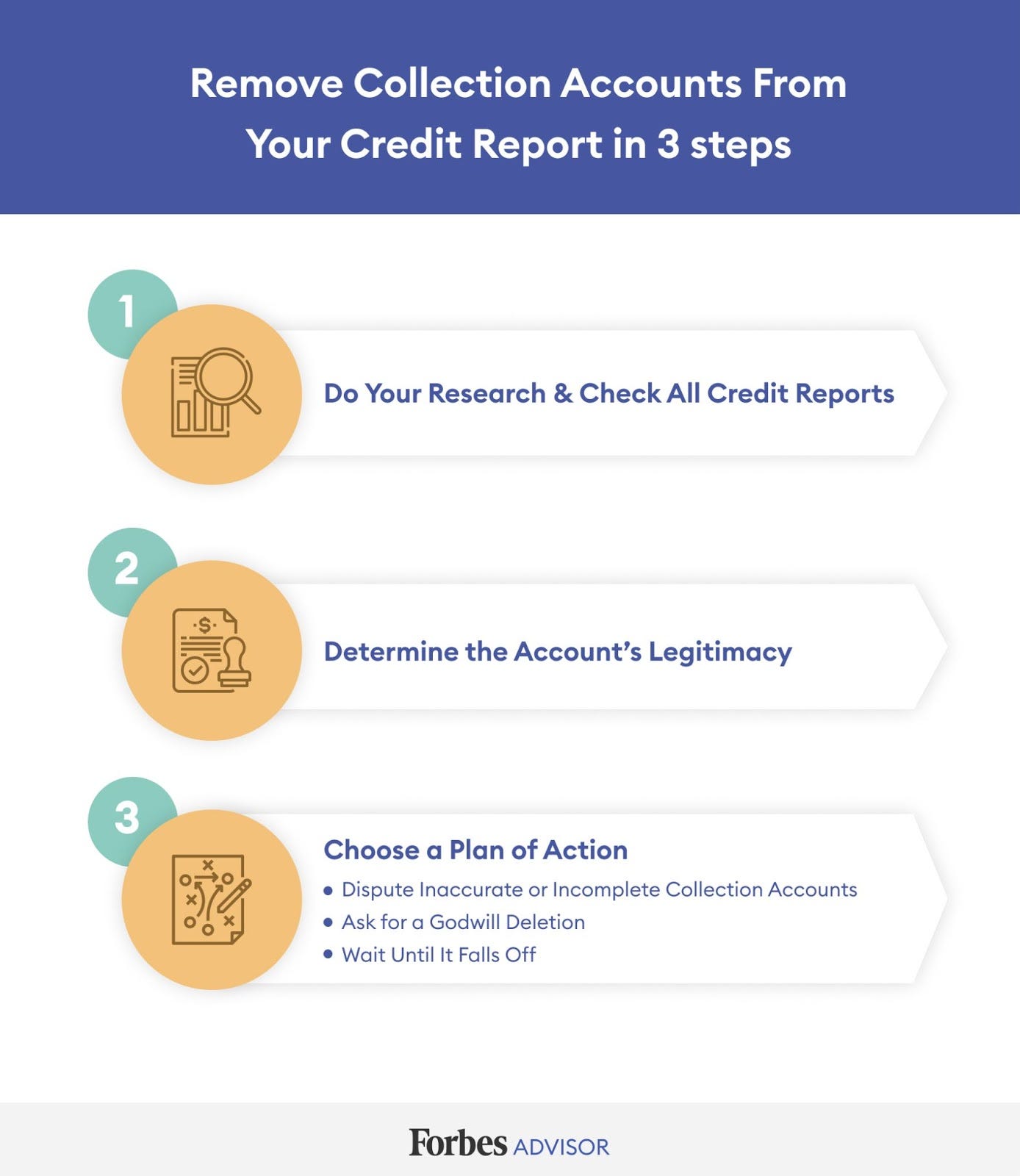
Short-term trading is a type of stock market trading in which positions are held for a short period. Unlike long-term investing, which can take months or years to achieve any return, short-term trading can yield profits within days or weeks.
There are different short term trading strategy types. Some are more lucrative than others, so it's important to learn which one is right for you and your investment goals.
Short term trading is one of the most popular ways to trade.
1. Find a mentor
Short-term trading requires a lot of learning, and this can be difficult. However, there are a number of resources available to help you along your journey. You can also watch videos and read books from mentors that specialize in short-term trade.
2. Understanding technical and fundamental analyses
You should be familiar with the stock market's workings to become a successful trader. This includes both technical and fundamental analysis.

3. Understanding risk management is essential
In order to succeed in short-term trades, it is essential to be aware of all the risks and how to reduce them. Stop losses are important, as is having enough capital to endure inevitable drawdowns.
4. Combining indicators with price action
A successful short-term trading plan will also include a combination between indicators and price movement. These two methods will help you identify trends and avoid false ones.
5. Set the right risk-reward ratio
A good risk/reward ratio is an important element of any successful short-term strategy. It is important to protect your capital in the event that your trade fails.
6. Concentrate on your goals
To trade successfully, you need to know your goal and the type of financial goals that you have. You need a trading plan that is tailored to your needs and personality.

7. Plan your trading strategies
For you to be a profitable short-term trader, a trading program is essential. This is a very important step as it will allow you to keep on track of your goals, and also prevent you from making cognitive trading mistakes which can hinder your progress.
8. Practice makes perfect
It is important to start by practicing. You can find many online resources to help you. Trading courses, free tutorials and even webcasts are all available.
9. Hold your position when necessary
The length of time you intend to keep the stock determines if or not it's a good long-term investment. Some stocks are only good for a few months, while others can be held for years. Choose a timeframe that maximizes your return and minimizes the risk of losing money.
FAQ
Can I lose my investment.
Yes, you can lose all. There is no way to be certain of your success. There are however ways to minimize the chance of losing.
Diversifying your portfolio can help you do that. Diversification spreads risk between different assets.
You can also use stop losses. Stop Losses allow shares to be sold before they drop. This reduces the risk of losing your shares.
Margin trading is another option. Margin Trading allows to borrow funds from a bank or broker in order to purchase more stock that you actually own. This increases your odds of making a profit.
Is it possible to earn passive income without starting a business?
It is. Most people who have achieved success today were entrepreneurs. Many of them were entrepreneurs before they became celebrities.
You don't need to create a business in order to make passive income. You can create services and products that people will find useful.
Articles on subjects that you are interested in could be written, for instance. You could even write books. You might even be able to offer consulting services. The only requirement is that you must provide value to others.
How can I invest wisely?
An investment plan should be a part of your daily life. It is crucial to understand what you are investing in and how much you will be making back from your investments.
You need to be aware of the risks and the time frame in which you plan to achieve these goals.
This way, you will be able to determine whether the investment is right for you.
Once you have settled on an investment strategy to pursue, you must stick with it.
It is best to only lose what you can afford.
What can I do to manage my risk?
Risk management is the ability to be aware of potential losses when investing.
A company might go bankrupt, which could cause stock prices to plummet.
Or, an economy in a country could collapse, which would cause its currency's value to plummet.
You risk losing your entire investment in stocks
This is why stocks have greater risks than bonds.
Buy both bonds and stocks to lower your risk.
You increase the likelihood of making money out of both assets.
Spreading your investments across multiple asset classes can help reduce risk.
Each class has its unique set of rewards and risks.
For example, stocks can be considered risky but bonds can be considered safe.
So, if you are interested in building wealth through stocks, you might want to invest in growth companies.
You may want to consider income-producing securities, such as bonds, if saving for retirement is something you are serious about.
What types of investments are there?
There are many options for investments today.
These are some of the most well-known:
-
Stocks – Shares of a company which trades publicly on an exchange.
-
Bonds are a loan between two parties secured against future earnings.
-
Real estate - Property that is not owned by the owner.
-
Options - Contracts give the buyer the right but not the obligation to purchase shares at a fixed price within a specified period.
-
Commodities: Raw materials such oil, gold, and silver.
-
Precious metals: Gold, silver and platinum.
-
Foreign currencies – Currencies other than the U.S. dollars
-
Cash - Money deposited in banks.
-
Treasury bills are short-term government debt.
-
Commercial paper - Debt issued by businesses.
-
Mortgages - Individual loans made by financial institutions.
-
Mutual Funds - Investment vehicles that pool money from investors and then distribute the money among various securities.
-
ETFs: Exchange-traded fund - These funds are similar to mutual money, but ETFs don’t have sales commissions.
-
Index funds - An investment fund that tracks the performance of a particular market sector or group of sectors.
-
Leverage - The ability to borrow money to amplify returns.
-
ETFs (Exchange Traded Funds) - An exchange-traded mutual fund is a type that trades on the same exchange as any other security.
These funds have the greatest benefit of diversification.
Diversification is the act of investing in multiple types or assets rather than one.
This will protect you against losing one investment.
Should I invest in real estate?
Real estate investments are great as they generate passive income. They do require significant upfront capital.
Real Estate might not be the best option if you're looking for quick returns.
Instead, consider putting your money into dividend-paying stocks. These stocks pay monthly dividends and can be reinvested as a way to increase your earnings.
Statistics
- They charge a small fee for portfolio management, generally around 0.25% of your account balance. (nerdwallet.com)
- According to the Federal Reserve of St. Louis, only about half of millennials (those born from 1981-1996) are invested in the stock market. (schwab.com)
- Some traders typically risk 2-5% of their capital based on any particular trade. (investopedia.com)
- 0.25% management fee $0 $500 Free career counseling plus loan discounts with a qualifying deposit Up to 1 year of free management with a qualifying deposit Get a $50 customer bonus when you fund your first taxable Investment Account (nerdwallet.com)
External Links
How To
How to invest stocks
Investing is one of the most popular ways to make money. This is also a great way to earn passive income, without having to work too hard. You don't need to have much capital to invest. There are plenty of opportunities. It is up to you to know where to look, and what to do. This article will help you get started investing in the stock exchange.
Stocks are shares that represent ownership of companies. There are two types if stocks: preferred stocks and common stocks. While preferred stocks can be traded publicly, common stocks can only be traded privately. Shares of public companies trade on the stock exchange. They are priced on the basis of current earnings, assets, future prospects and other factors. Stocks are bought by investors to make profits. This is known as speculation.
There are three steps to buying stock. First, you must decide whether to invest in individual stocks or mutual fund shares. Next, decide on the type of investment vehicle. Third, you should decide how much money is needed.
You can choose to buy individual stocks or mutual funds
For those just starting out, mutual funds are a good option. These mutual funds are professionally managed portfolios that include several stocks. You should consider how much risk you are willing take to invest your money in mutual funds. Some mutual funds have higher risks than others. For those who are just starting out with investing, it is a good idea to invest in low-risk funds to get familiarized with the market.
If you would prefer to invest on your own, it is important to research all companies before investing. Before buying any stock, check if the price has increased recently. The last thing you want to do is purchase a stock at a lower price only to see it rise later.
Select Your Investment Vehicle
After you've made a decision about whether you want individual stocks or mutual fund investments, you need to pick an investment vehicle. An investment vehicle simply means another way to manage money. For example, you could put your money into a bank account and pay monthly interest. Or, you could establish a brokerage account and sell individual stocks.
You can also establish a self directed IRA (Individual Retirement Account), which allows for direct stock investment. The self-directed IRA is similar to 401ks except you have control over how much you contribute.
Your needs will determine the type of investment vehicle you choose. You may want to diversify your portfolio or focus on one stock. Are you looking for growth potential or stability? How comfortable do you feel managing your own finances?
All investors must have access to account information according to the IRS. To learn more about this requirement, visit www.irs.gov/investor/pubs/instructionsforindividualinvestors/index.html#id235800.
Decide how much money should be invested
Before you can start investing, you need to determine how much of your income will be allocated to investments. You can put aside as little as 5 % or as much as 100 % of your total income. The amount you decide to allocate will depend on your goals.
You might not be comfortable investing too much money if you're just starting to save for your retirement. If you plan to retire in five years, 50 percent of your income could be committed to investments.
You need to keep in mind that your return on investment will be affected by how much money you invest. It is important to consider your long term financial plans before you make a decision about how much to invest.